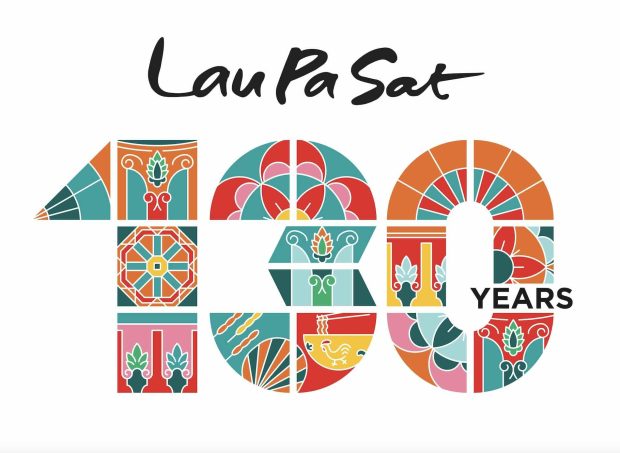Storytelling is an art. Like any other artist, storytellers need to have talent, creativity, and a lot of practice. Take a look back to this morning: do you remember the banner that adorned the news page you skimmed on your way to work? Or what brand was the ad you saw while the video you searched for was loading? Are chances you have a hard time remembering the advertiser? If marketers barely pay attention to these messages, how can we expect the average user to? Let us introduce you to the solution: to apply storytelling to digital marketing.
“Marketing is no longer about what you sell… it’s about the stories you tell.”
Seth Godin
Digital marketing has left behind the era of focusing on throwing the same message at users, bouncing incessantly in their heads. Now, marketers aim to offer users unique experiences, getting the customers themselves to come to brands in the hope of seeing their new ideas. And they use storytelling for it.
Why you should choose storytelling?
Storytelling activates the part of the brain responsible for processing emotions. When we buy, these emotions influence how we perceive the brand. Go back to your roots and use storytelling to connect with them emotionally. Create something so impressive that viewers will run to their friends and exclaim, “Hey, have you guys seen this new ad – it’s mind-blowing!”
Tell people who you are, what you stand for, and why you exist. While your story is most likely tied to your product, the most important thing is to get customers to pay attention to you. Your goal should be to get customers to seek you out of their own free will rather than “forcing” them to read, hear, or see your message.
Why do we tell stories?
Everyone from the most experienced director to the most novice intern can tell a story, but where does this love of storytelling come from?
There are hundreds of reasons to tell stories: from entertainment to sales strategies to teaching methods. They are our way of sharing information. To save you some time, we’d like to highlight the three most popular ones:
Connect with your users: Customers often idealize brands as unattainable entities that preside over “the plebs” (in other words, any consumer without an imposing bank account). It results in many companies being perceived as inaccessible, hindering marketers’ efforts to make them seem authentic. Stories connect with users’ feelings, inspiring them to interact with the brand and create an emotional bond.
Simplify complex messages: How can you capture a user’s attention in a matter of seconds? Because customers move in such a busy environment, the opportunities you have to express your idea will be very, very limited! Stories offer you a way to get around this barrier, making the concepts you want to share with your target audience seem more relevant to them.
Bring people together: Across the world and cultures, people understand the concept of heroes, adventures, and victories. Stories are a universal language that creates a sense of community among all types of individuals. Look at the example of Gillette: targeting men who have just become fathers started a movement that boosted its sales by showing this community that they are essential to the brand.
The ‘best’ stories stand out because of:
Universality: All readers can see themselves reflected and can put themselves in the place of the characters as they enter into their adventures.
Enduring: They will be passed down from person to person, from generation to generation, whether for their characteristic hilarity, fearlessness, or sheer emotion.
Captivating: Capture the reader’s attention! What’s going to happen next?
Well-structured: They manage to convey a clearly defined main message, helping readers to internalize it.
The storytelling process:
Define your core message: Before you let your imagination run wild with formats, extensions, and design ideas, you’ll need to refine the message of your story. Just as a house is built on a solid foundation, make sure you have a clear idea that will support your narrative – try to summarize the concept in 7-10 words; if you don’t, the message is not clear enough yet.
Know your audience: Start by studying the data you’ve collected – who would want to hear your story, how would they react to your message? Study your target market, define your buyer personas, and pitch each level to the right segment.
Decide what story you will tell: Create your story with the reaction you want to see from your users in mind. What is your objective?
Foster a sense of community: Tell a story that encourages users to share it with others by using situations and characters to see themselves reflected.
Express your brand values: This is especially relevant when promoting values that some users may not share or understand. Use familiar characters and plots to make it easy to show how the story related to the properties you want to bring.
Push for action: Tell how your characters accomplished a feat and how readers could do the same.
Choose a form:
A storyteller’s stories can take many formats: read, heard, and see. The tool you select will likely depend primarily on the story itself, as well as the resources you have available (namely, time and money). Some of the most popular would be:
– Written stories are told through blog posts, articles… Since these narratives require nothing more than a word tool (Google Docs is a popular free option), this is the most affordable method. The story can be written by a copywriter, an essay writer who you can find reading some paper writing services review, or by some writing specialist of your marketing team.
On the other hand, visual stories are open to a wide range of media, which include videos, games, and even interactive storytelling.
– Oral stories (such as podcasts, radio shows, and even events) are naturally told in “live” format. Because they are shared in person, they are characterized by their unedited nature. The storyteller will need more skill and time to practice getting the messages right and eliciting an emotional response from the audience.
Share your creation: It is essential to promote your story! Remember that writing the story is only half the battle – it’s great to share it with your friends when you’re out to dinner, but is that all it deserves? Keep in mind that the more platforms you use to share your story, the more interactions you’ll get! Take it a step further and find out what clients’ favourite social media are, where (and when) they tend to share content, and who they are likely to interact with: this will significantly improve your optimization efforts.








